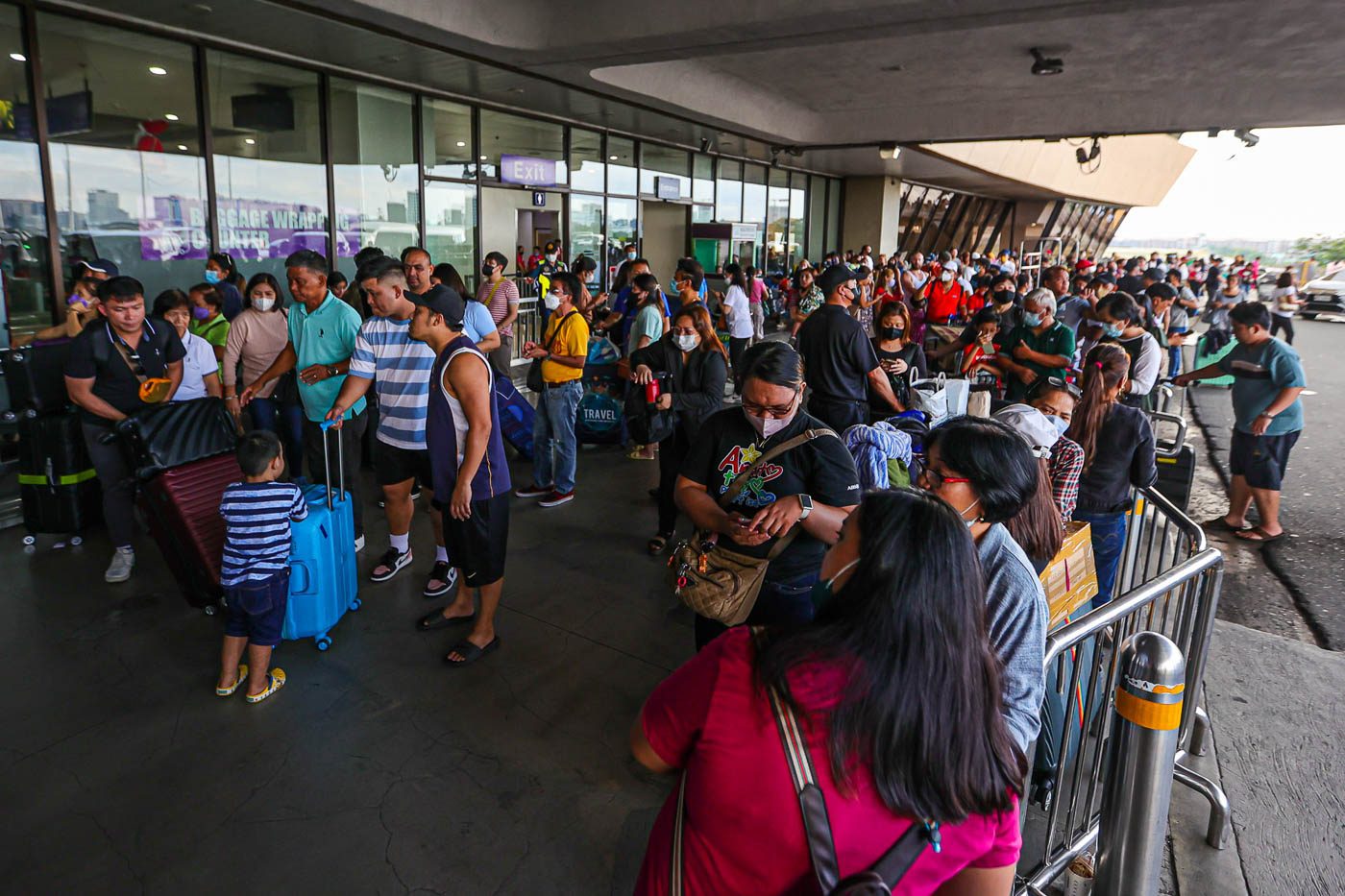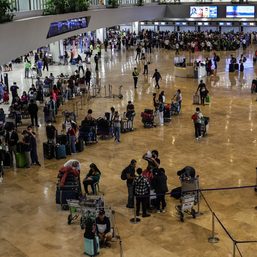SUMMARY
This is AI generated summarization, which may have errors. For context, always refer to the full article.

MANILA, Philippines – Some of the Philippines’ tycoons have reassembled their super consortium in a bid to rehabilitate the Ninoy Aquino International Airport (NAIA), infamous for being labeled as the world’s worst business class airport and among the most stressful for travelers.
The Avengers-like setup ensures that the airport fix would have the money, but talks still failed during the previous administration of Rodrigo Duterte due to regulatory deadlocks. The billionaire team is giving it another shot under President Ferdinand Marcos Jr.
Six conglomerates have reunited: Aboitiz InfraCapital, AC Infrastructure, Asia’s Emerging Dragon Corporation, Alliance Global-Infracorp Development, Filinvest Development Corporation, and JG Summit Infrastructure Holdings Corporation.
They have submitted an unsolicited proposal to the Philippine government valued at P100 billion.
The Department of Transportation (DOTr) and the Manila International Airport Authority (MIAA), which manages NAIA, has already acknowledged receipt of the unsolicited proposal.
“The proposal showed the strong interest in operating NAIA from some of the world’s most experienced and capable operators,” the DOTr and MIAA said in a press statement on Friday, April 28.
Discussions between the Asian Development Bank (ADB) – which serves as the DOTr’s transaction advisor – and some of the proponents have already begun.
“The DOTr and MIAA will review the proposal in accordance with the Build-Operate-Transfer law and its Implementing Rules and Regulations, while continuing the ongoing development of a solicited procurement option, as supported by the ADB,” the press release read.
What’s the difference this time around?
A new foreign partner. The conglomerates have tapped Global Infrastructure Partners (GIP) for the proposed rehabilitation.
GIP, founded in 2006, boasts some $60 billion of assets under management. Its airport and aviation portfolio includes the airports of Sydney, Edinburgh, and London.
The conglomerates previously tapped Singapore’s Changi Airports International Private Limited for technical support in master planning, operations optimization, and commercial development.
Payment terms. The consortium said the P100-billion proposal includes a “significant upfront payment to government and committed investments in new facilities and technology.”
The name. The new consortium is called the Manila International Airport Consortium or MIAC. The old one was referred to as the NAIA Consortium.
“We are ready to put our combined resources forward in partnering with the government on this massive undertaking. Our consortium brings unrivaled expertise, proven solutions, and extensive capital,” said Kevin Tan, Alliance Global chief executive officer and MIAC director.
No MVP. Tycoon Manny Pangilinan is not participating in the new consortium. Pangilinan’s Metro Pacific Investments Corporation was part of the original super consortium but pulled out in 2020, saying that it would be tough to continue to be part of it.
How far the old consortium got
The old consortium’s proposal went as far as getting the nod of the National Economic and Development Authority Board. The rehabilitation was set to start by 2021 and targeted to be completed by 2024.
The P102-billion build-operate-transfer proposal got approval for a concession agreement of 15 years. The original proposal was 35 years for a P350-billion rehabilitation plan.
The rehabilitation and expansion were supposed to be done in two phases. The goals were to improve and expand the terminals in the current NAIA land area, as well as develop an additional runway, taxiways, passenger terminals, and support infrastructure.
The plan eventually fell through, with the Philippine government withdrawing the original proponent status granted to the consortium. The consortium then said that it could not push through with revisions due to the pandemic’s impact on the aviation industry.
The plans under consortium 2.0 have yet to be revealed. Josephine Gotianun Yap, Filinvest CEO and MIAC director, said they are “united in the belief that our gateway to the world needs to
represent the best of who we are as Filipinos.”
“Passing through our international gateway should be a seamless experience. We want the first thing that locals and foreigners alike see, when they arrive in the Philippines, to be a source of pride for all
Filipinos,” she added.
Where’s Megawide?
Aside from MIAC, Megawide Construction Corporation and its partner GMR Infrastructure of India earlier expressed interest in getting another chance to submit an unsolicited proposal to upgrade the country’s main international gateway.
Megawide executive director for infrastructure development Louie Ferrer told the Philippine Star that they are open to pursuing the P109-billion project anew, adding that they have “never closed” their doors.
Megawide was awarded the original proponent status in 2020 after the NAIA Consortium’s talks with the government failed. But it lost that status too in the same year. – Rappler.com
Add a comment
How does this make you feel?










There are no comments yet. Add your comment to start the conversation.